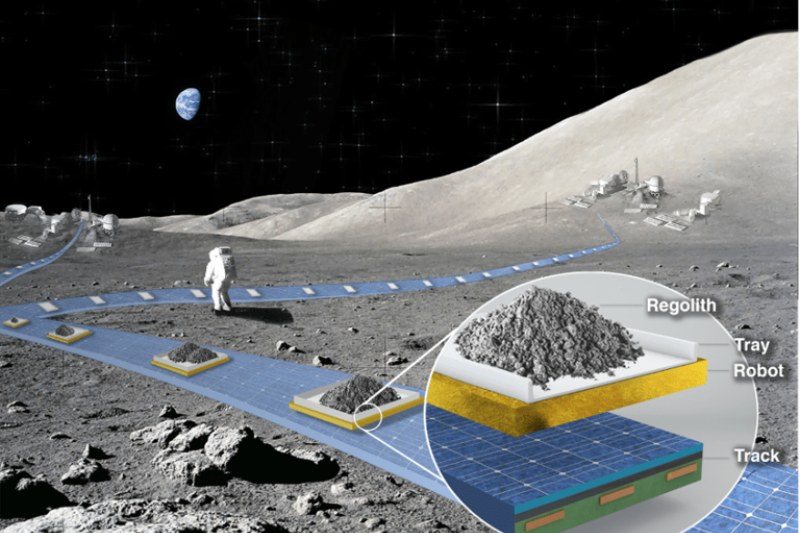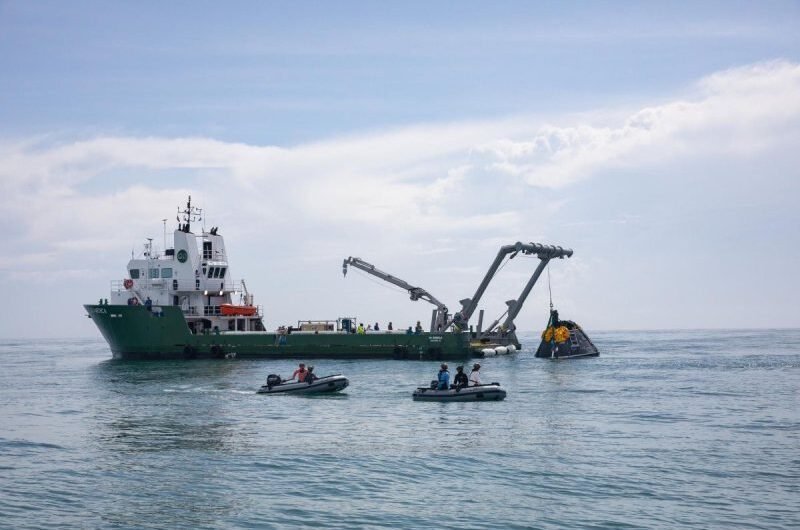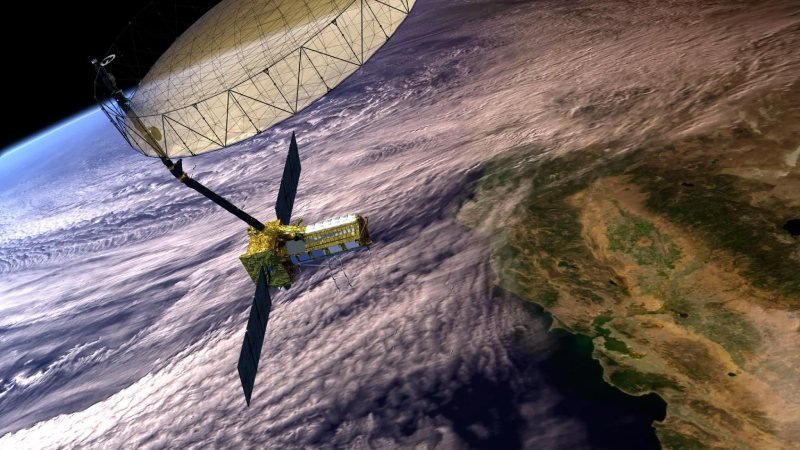NASA has revealed plans to construct the first-ever lunar train system, with the goal of enabling autonomous, dependable, and efficient payload transportation on the moon.
It made clear that this robust robotic transport system will be essential to the day-to-day functioning of a sustainable lunar outpost that is anticipated to be built in the 2030s.
The railroad system is a component of the Robotic Lunar Surface Operations 2 (RLSO2) mission design and NASA’s Moon to Mars effort.
Specifications of the Lunar Train Network
The Flexible Levitation on a Track (FLOAT) lunar train technology was created expressly to meet the lunar transportation requirements.
Its main purpose will be to convey regolith that has been mined for In-Situ Resource Utilization (ISRU) consumables, which include liquid hydrogen (LH2), oxygen (LOX), and water (H2O).
It will also make it easier to move cargoes to and from landing zones and other outposts as well as throughout the Moon base.
The Distinct Function and Design of FLOAT
Unpowered magnetic robots that levitate across a three-layer flexible film track will power the FLOAT system.
In order to move robots along the tracks, this track will be equipped with a flex-circuit layer for electromagnetic thrust generation and a graphite layer for passive floating via diamagnetic levitation.
There will also be an optional thin-film solar panel layer that generates power when exposed to sunlight.
By levitating over the track, the FLOAT robots—which lack moving parts—will reduce wear and abrasion from lunar dust.
The Lunar Railway Project’s Second Phase
NASA intends to carry out risk retirement in Phase 2 of this project by continuing to build, deploy, and use meter-scale robots and kilometer-scale tracks that facilitate human exploration activities on the Moon.
Creating, producing, and testing several sub-scale robot and track prototypes will be the focus of this phase, culminating in a demonstration in a lunar-analog testbed.
It will also look into how the environment affects the longevity and functionality of the system.
The Deployment and Capacity of the FLOAT System
Major on-site building will be avoided because the FLOAT system will unfurl directly into the regolith of the Moon.
Up to hundreds of thousands of kg of regolith and payload can be transported by it every day over many kilometers.
This ground-breaking lunar train system was conceived in 2021 as part of NASA’s Innovative Advanced Concepts (NIAC) initiative.











